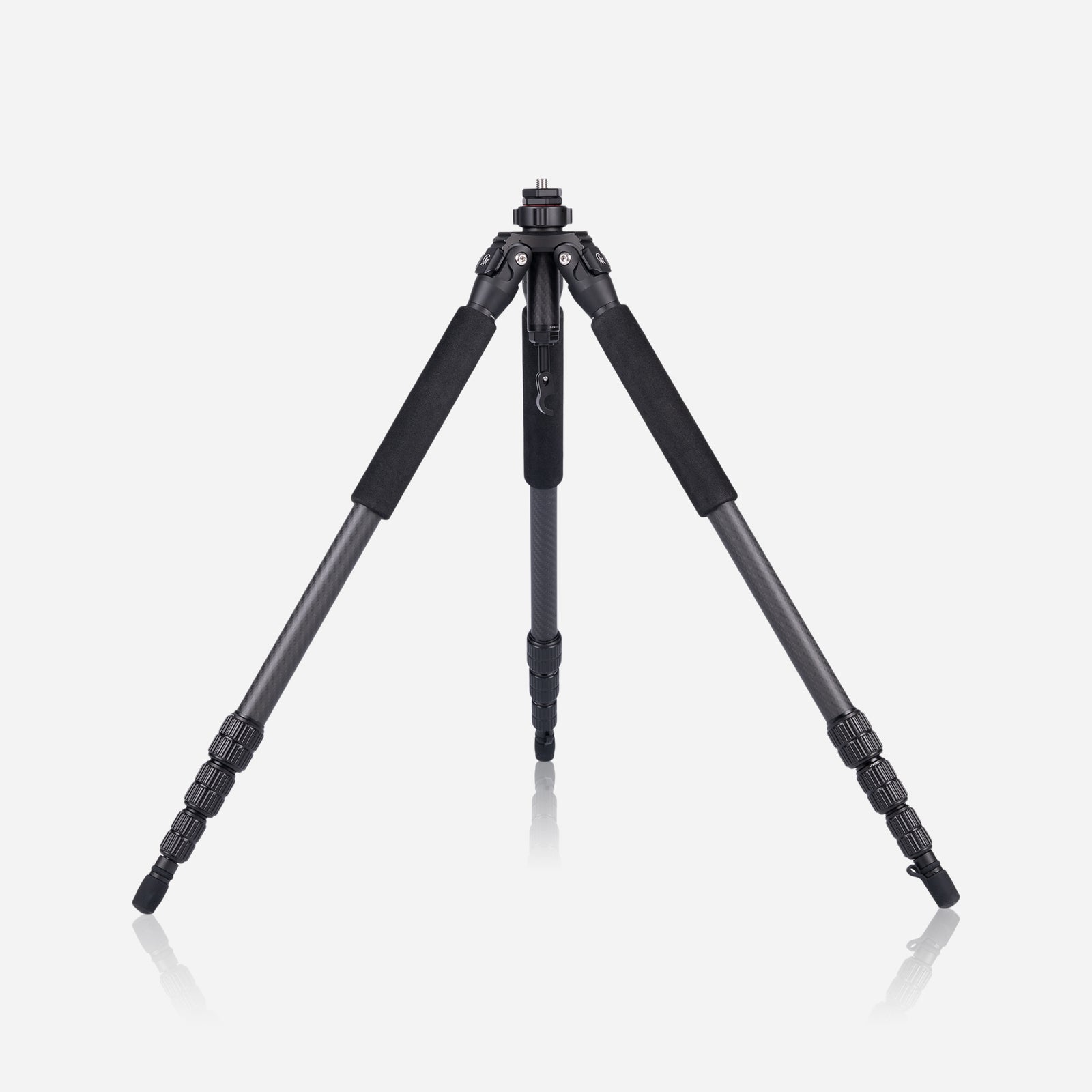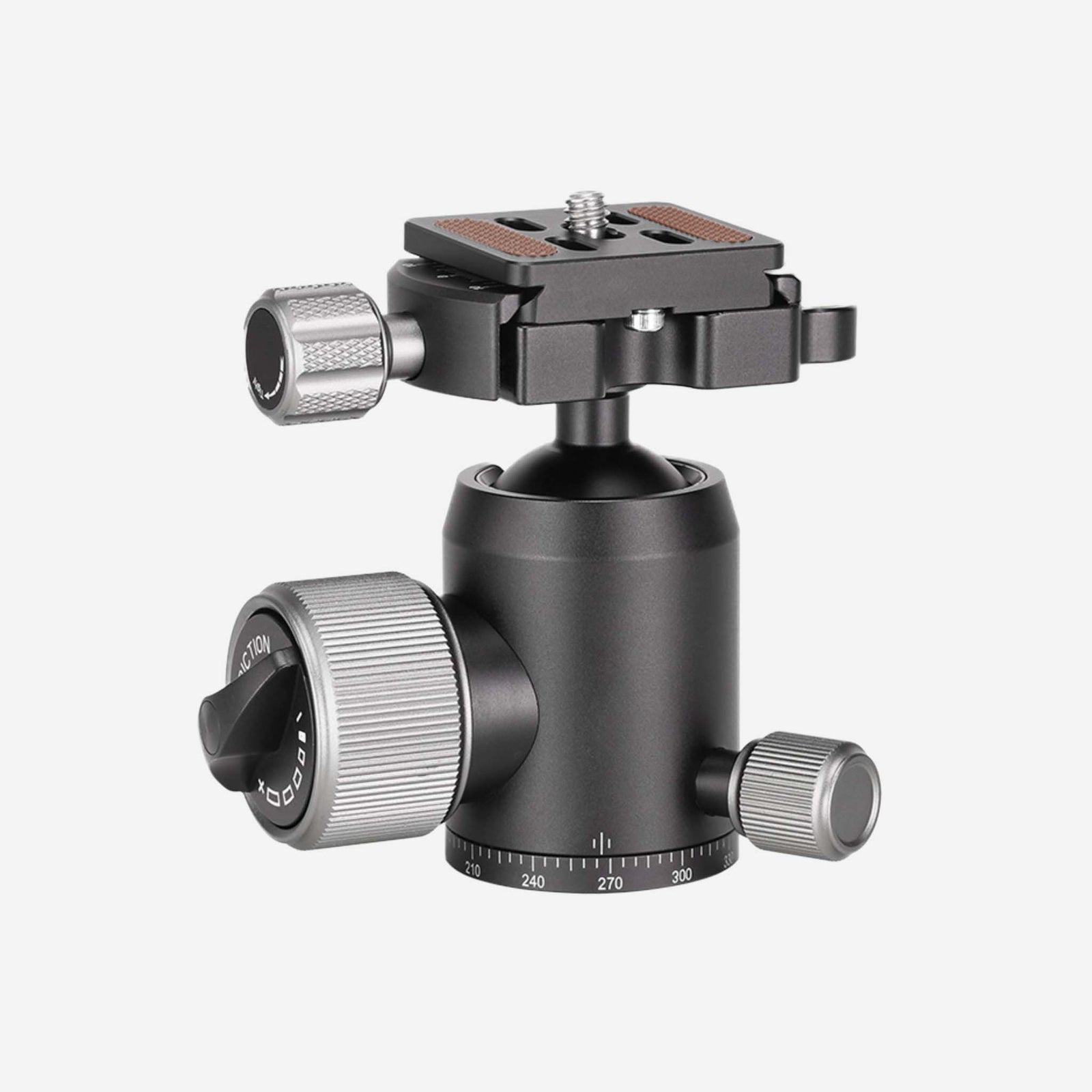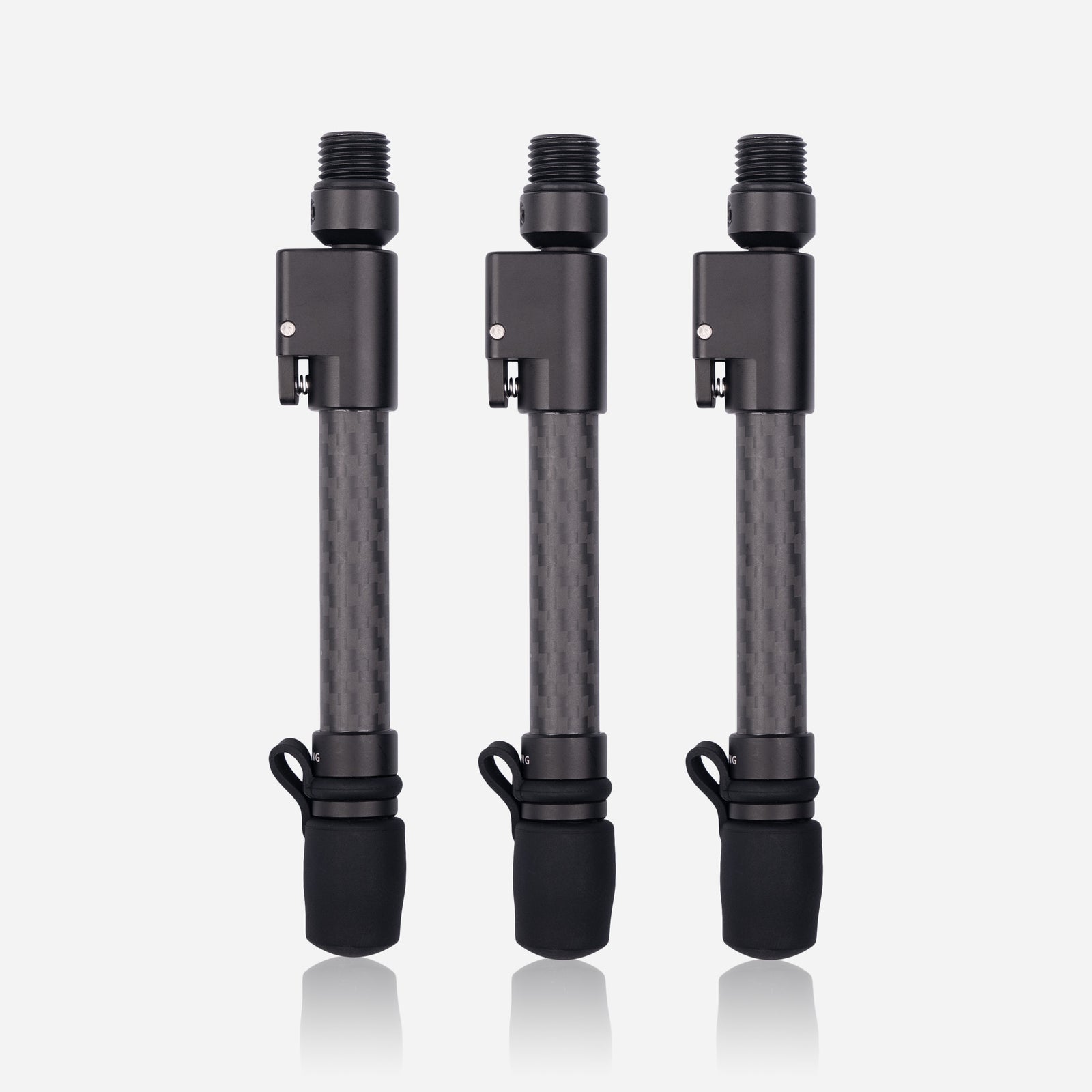Though I have only found myself horse riding a handful of times in my life, our Elle is a keen rider, and has spent many years riding due to her sister being the owner of several beautiful horses that live here in the Sussex and Kent countryside. Horse riding is the most incredible way to free your mind, exercise your body and find yourself fully immersed in nature. Horses are also some of the most beautiful animals in the world in my opinion, with so much character and personality coming through from just their eyes. They photograph incredibly well, in stand still or in motion, and we thought that we would share our tips to get the best images you can. Elle took an afternoon out of the office to capture some images of her sister horse riding on the beach, and came back with some stunning images and a wealth of knowledge on how to best photograph the horse in action.

The most important thing to keep in mind when photographing horses, is that they are extremely intelligent animals, they have immense strength, and demand a huge amount of respect as a result. To begin your journey into horse photography, you would be wise to already be comfortable around horses. Knowing how to present yourself in terms of your emotions is crucial. If you show yourself to be nervous or unsettled, the horse will sense it and react, as they will believe that you have sensed some danger. Speak to the rider/owner of the horse that you are photographing, as they will be able to give you some insight into the horse's personality. Some horses, particularly those that have been rescued, can be very sensitive to sounds. If you are photographing them standing still or in a very quiet place, it is important to know this, as the click of the camera could spook them. Elle was photographing her sister on the beach on a blustery day, meaning that this would not be an issue. Irrelevant of location, it is wise to take some test shots near the horse so that you can ascertain whether the click will cause some upset. Some basics in horse safety should be noted - never walk close behind a horse, make sure you take the time to get to know them personally so they can trust you, and give them the space that they need.
The right camera settings are crucial for horse photography, particularly when they are cantering and galloping at high speeds. Firstly, as we spoke about in our blog post on portrait photography, it is so important to shoot in RAW. This way, you keep so much more information about your photo and are able to edit to a much greater level later on. The correct aperture setting is also super important for capturing your images well. You want a wide aperture to reduce the depth of field and to focus on the subject in the forefront. A very fast shutter speed is an absolute necessity to reduce blur when the horse is running. If possible, about 1/800 is best to capture a crystal clear image of the horse in motion. Finally, autofocus needs to be on continuous autofocus. This might be a bit of a drain on the battery, but you will get the images you need much more quickly.

Elle alternated between riding and photographing, and even did a bit of both at the same time! These photos were shot at the end of autumn, meaning that she only had a short amount of time before darkness fell. The hour before sunset provides the best lighting - in winter when we are prone to cloudy days, the middle hours of the day often deliver very flat lighting. Because of this, she had to meticulously plan her shots before the shoot, to ensure every moment was used to the best of its ability. In addition to Elle, her sister and the horses on the beach, they were joined by her sister's dogs, who know the horses well and so ran with them too.
The beauty of the Gearing tripod is that it is designed to be used in all sorts of conditions. The salt and sand that the wind whipped it with were no match, and were simply rinsed off and dried at the end of the day, making the tripod as good as new. The different feet options were a useful addition on this day too, as on the wet sand nearer the water the spikes were really needed, but on the drier sand the rubber boots were perfect. We used our Leica camera which provided the super high quality we were looking for in our photos, especially with the added difficulties of high winds and rapid movements of the horses across the sand.

The brilliant thing about photographing horses, is that you can really let their personalities shine through in the images, as well as the happiness of the riders. These photos were taken shortly before Ellen’s sister had an operation on her leg, leaving her unable to ride for several months. Photographs can be a great source of comfort for many reasons, and it has been lovely to see the fond memories they have provided from this day.




